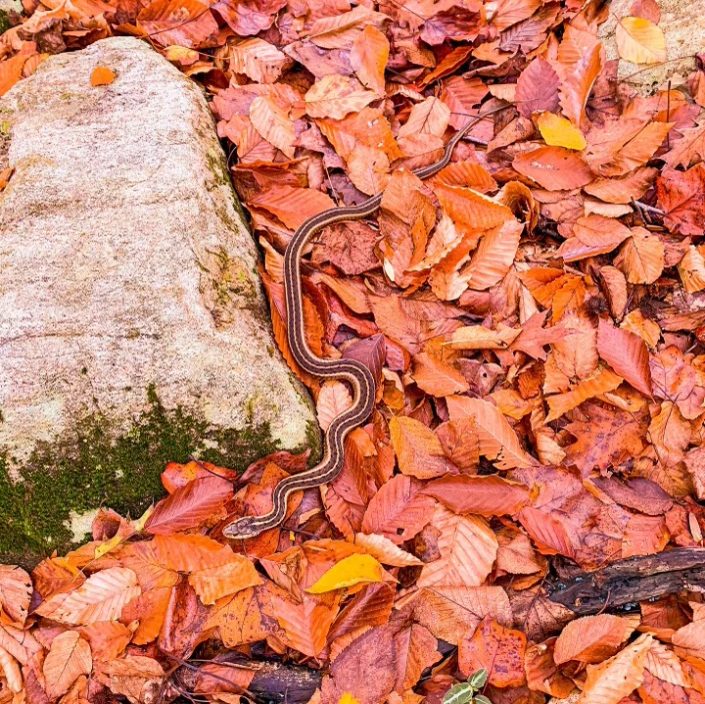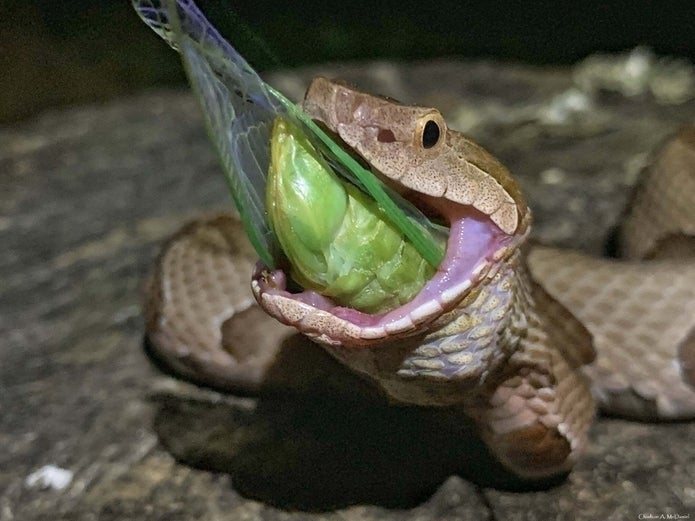Happy World Snake Day!
by Christine Healy

July 16th is World Snake Day! This day of recognition was established to increase awareness
and raise appreciation for these most polarizing of creatures. People tend to have an extreme
opinion when it comes to snakes; They are loved and revered by some, loathed and vilified by
many. Mythology, religion, and pop culture are riddled with snake imagery and, though these
media sometimes align them with healing, transformation, and fertility, they often proliferate a
connection between them and evil intentions. Whether learned or not in Greek legend, the
Medusa, with her living locks, is universally recognizable and her beheading is counted among
the greatest achievements of the hero, Perseus. Norse stories give us Jörmungandr, the
serpent son of Loki, hated by and responsible for the death of his uncle, the beloved god Thor.
The Bible symbolizes the devil himself as a snake in the Garden of Eden and, in this form,
provides the temptation responsible for original sin in Christian teachings. More recently, we
watched as ophidiophobia (fear of snakes) became the Achille’s heel of everyone’s favorite
archeology professor, Indiana Jones, and read about how the ability to communicate with
snakes was a defining characteristic of Lord Voldemort, the most notorious dark wizard of all
time.
To be clear, I’m not suggesting that works such as these are responsible for a negative public
perception of snakes. Rather, I think they capitalize on a rampant unease associated with
snakes to encourage their audience to sympathize with the protagonist. The truth is, snakes can
be dangerous, particularly if they are venomous. Snakes can and do kill people, sometimes
stealthily, which defies our view of humans as the universal apex predator. This, naturally,
instills anxiety. But it’s also not the full story.

